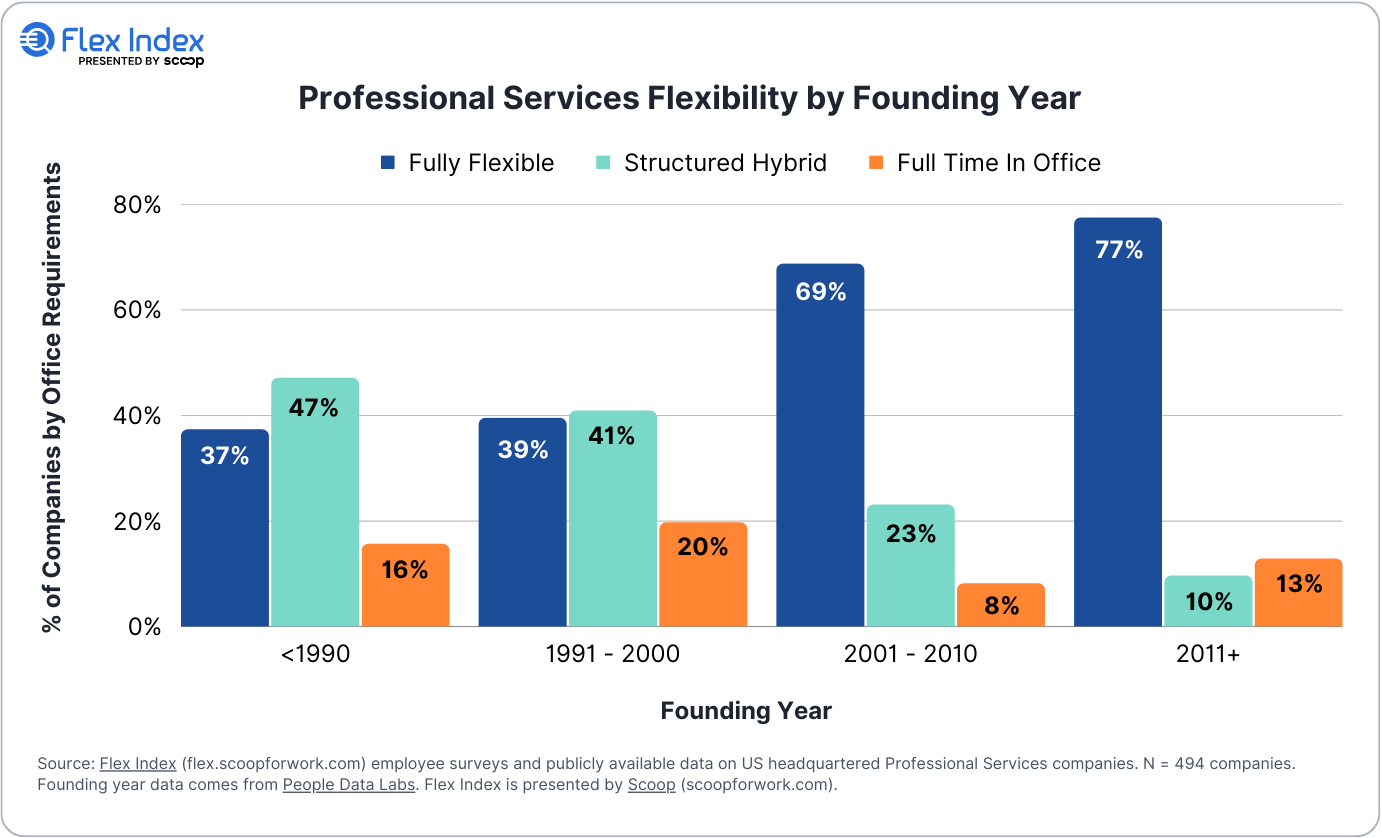3 Tips for Measuring Remote Work Productivity
Plus, the story behind Kastle's Workplace Occupancy Barometer
Current Subscribers: 3,554; +40 since last week
Please forward to colleagues and friends! Link to subscribe.
From the Flexperts | 3 Common Mistakes Managers Make When Measuring Remote Productivity
In the ongoing discussions about the future of work, there’s one recurring theme that stands out among the rest: measuring productivity. Are employees as productive when working from home or their local coffee shop vs. when they’re in the office?
Yet in all the debate, one critical question gets overlooked - what if we've been approaching how we measure remote productivity wrong this whole time?
In his guest post, Flexpert Will Sipling delves into the three most common mistakes managers make when measuring remote productivity. These mistakes range from overemphasizing inputs at the expense of outcomes to equating "hustle culture” with a strong work ethic. Will explains why these mistakes present a skewed (and often flawed) perspective while offering more accurate metrics that provide a genuine representation of productivity.
Each week we spotlight an emerging best practice on flexible work adoption or implementation from the best thinkers in flexible work. Interested in becoming a “Flexpert” and sharing your insights? Sign up today.
The Barometer: How Kastle Created a Critical RTO Measure | Haniel Lynn
In this episode, Rob Sadow sits down with Haniel Lynn, CEO of Kastle Systems. Kastle Systems is renowned for producing the Workplace Occupancy Barometer, an often-cited dataset in return to office tracking.
Join us as we discuss:
The story of how the Workplace Occupancy Barometer was created
Where Haniel thinks we’re headed based on Kastle’s recent data
The nuanced benefits and challenges of different hybrid work models
Flex Perspectives is also available on Apple Podcasts.
Fact of the Week
Younger Professional Services Companies Are More Likely to Offer Full Flexibility
77% of Professional Services companies started since 2011 are Fully Flexible compared to 37% of companies started pre-1990. It will be interesting to see whether this represents a generational shift in the attitude towards Fully Flexible work or whether these companies shift toward Structured Hybrid as they grow older.
Company Spotlight
Most TechSmith employees must come into the office at least 20% of the time. Employees out of state in FL, NC, TX, IL, or outside of MI commuting distance are expected to come in 5% of the time.
In the Media
Fortune: Nvidia, which has about 26,000 employees worldwide and a valuation of over $1 trillion, is bucking the trend and putting no pressure on remote workers to commute to the office.
Tech.co: No matter the business size or time period, businesses with flexible work policies are outpacing in-office counterparts in hiring.
Forbes: For teams to succeed in flexible work environments, they need access to the right technology.
One Last Thing…
Add your company to the Flex Index
Become a guest ”Flexpert” contributor
Share this newsletter with friends and colleagues
About Scoop
Scoop offers powerful planning tools that empower hybrid employees to make great decisions on how and where to spend their time at work. For HR and workplace leaders, Scoop provides insights on work location trends, office usage, and additional workplace solutions to get the most out of hybrid work.





